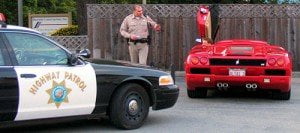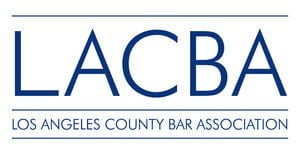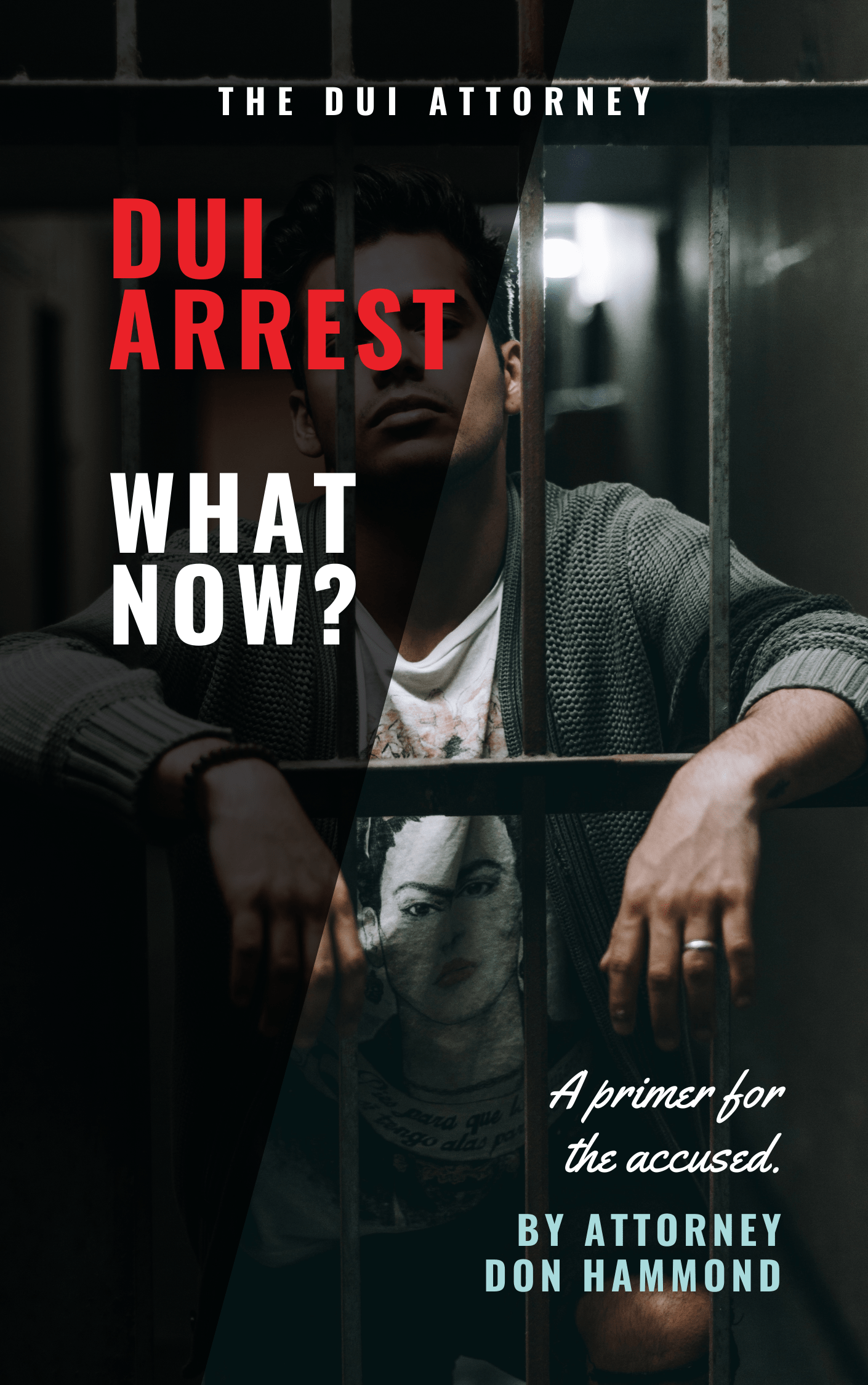What DUI clues police look for during traffic stops
When a police officer pulls over a suspected DUI motorist, there are ten specific post-stop indicators the officer will use to gather evidence against the driver.

The presence of several of these cues during a traffic stop can give the officer sufficient probable cause to request the driver to participate in voluntary field sobriety tests — which should always be refused — or to simply make an arrest.
To read part 1 in this series click here:
What the police look for when you are driving
When a police officer has reason to believe that a person is driving under the influence and pulls the driver over, there are specific post-stop indicators the officer will use to gather evidence against a suspected DUI driver.
The National Highway Traffic Safety Administration (NHTSA) and the International Association of Chiefs of Police (IACP) have developed training for law enforcement officers, which is documented in the DWI Detection and Standardized Field Sobriety Testing (SFST) manual, last updated in 2015. DWI stands for driving while intoxicated, and is used interchangeably with DUI, driving under the influence.
This training manual is designed to assist law enforcement officers in the detection and apprehension of suspected alcohol and/or drug-impaired drivers. The information in this manual is quite valuable for motorists as well, to raise their awareness of what police are looking for during roadside traffic stops.
Stopping sequence
After a police officer identifies a potentially impaired driver via certain driving behaviors commonly associated with DUI, other evidentiary information can be obtained during the stopping sequence itself. After the officer gives the command to stop — typically the activation of lights and siren — a driver may show additional signs of possible DUI, such as:
Trying to flee.
Failing to respond or responding slowly to lights and siren.
Stopping suddenly and/or in an inappropriate location.
Hitting a curb or other stationary object while stopping.
Committing one or more vehicle code violations in the process of stopping.
Post-stop cues
After the motorist is stopped, there are ten post-stop cues police use to help them determine whether a motorist may be driving under the influence. The presence of several of these cues can give the officer sufficient probable cause to request the driver to participate in voluntary field sobriety tests — which should always be refused — or to simply make an arrest.
These post-stop cues are:
Difficulties with motor vehicle controls.
Problems producing a driver license, vehicle registration, and proof of insurance.
Difficulties exiting the vehicle.
Slurred speech.
Unsteadiness or other balance problems.
Leaning against the vehicle or another object.
Repeating oneself.
Slow responses to the officer’s questions or commands.
Providing incorrect, conflicting, or incoherent information.
An odor of an alcoholic beverage and/or drugs.
Knowledge puts you in the driver’s seat
As a driver, it is important to be aware of these police procedures. Understanding the traffic stop process can help you avoid a negative encounter with law enforcement. Knowing these cues may even reduce or eliminate your chances of ending up arrested and prosecuted for DUI or another offense.










